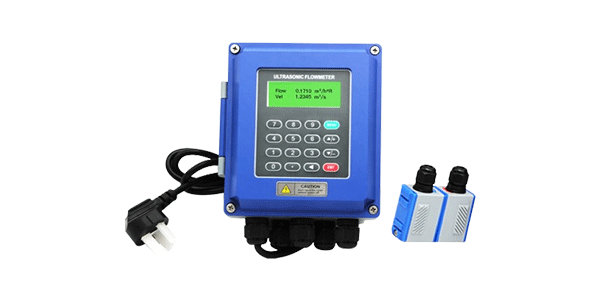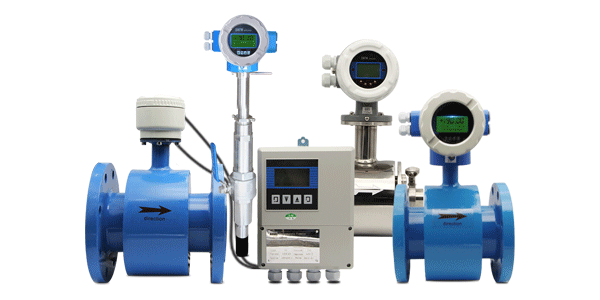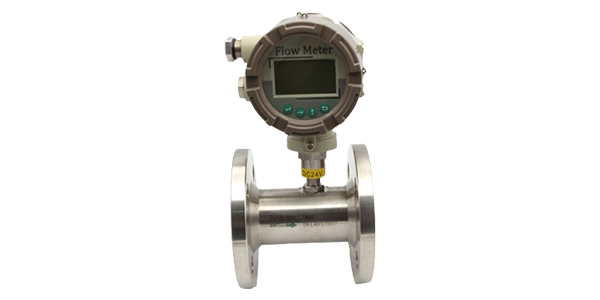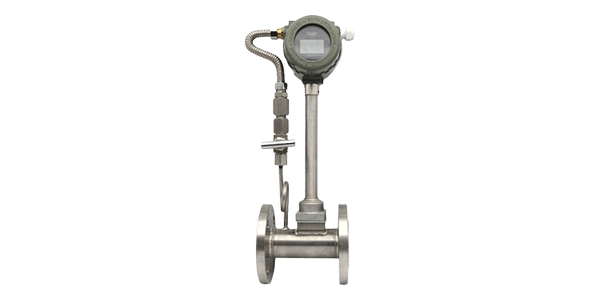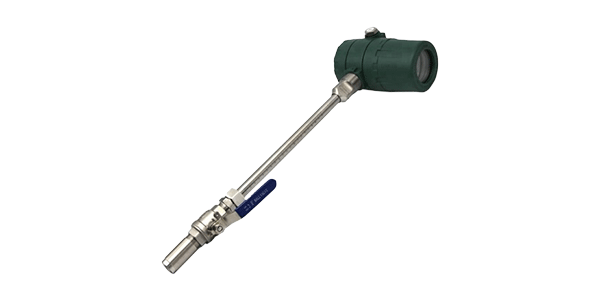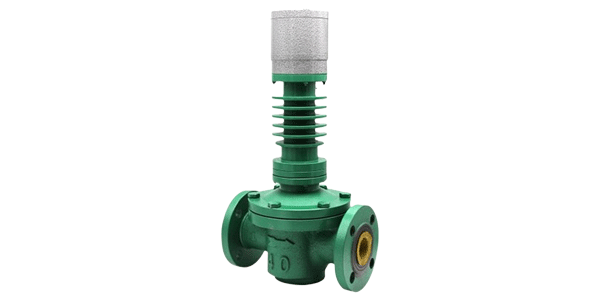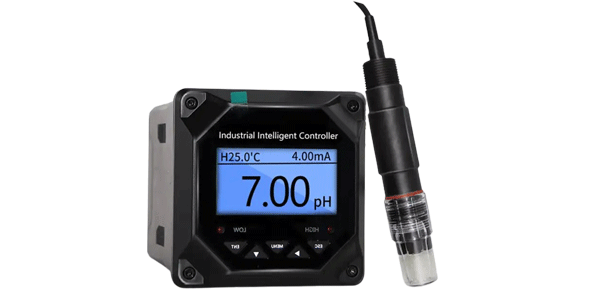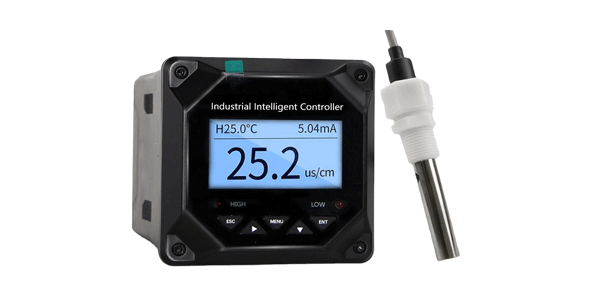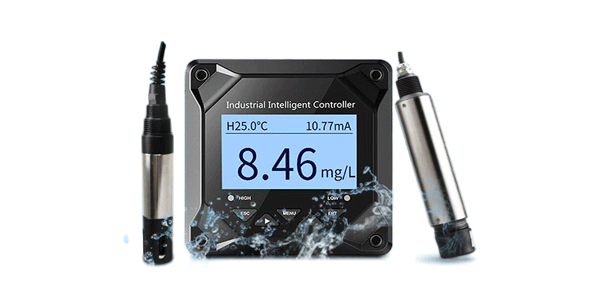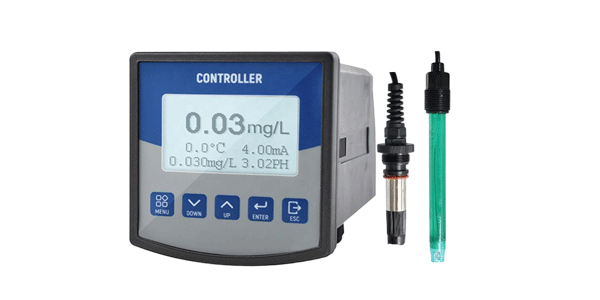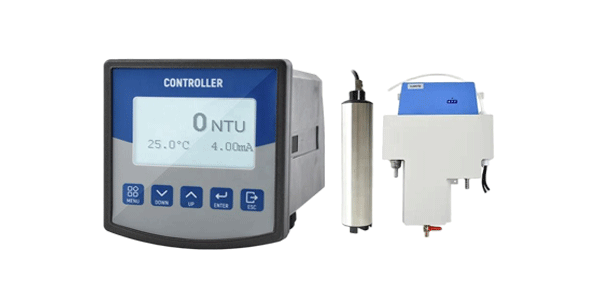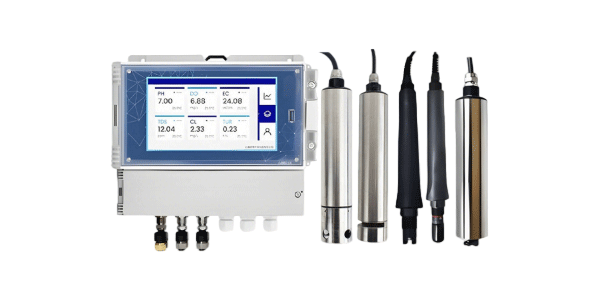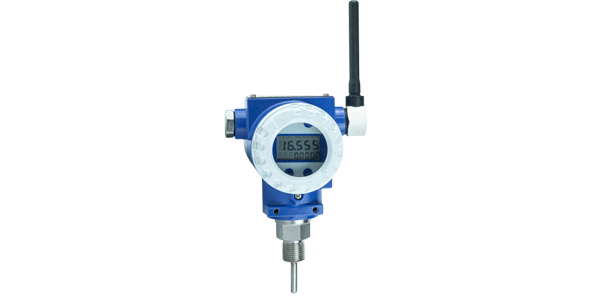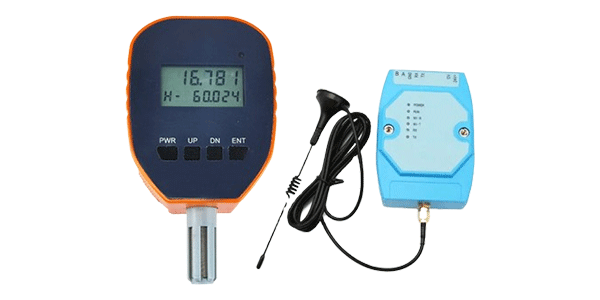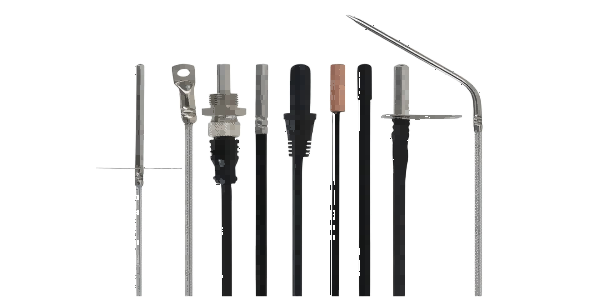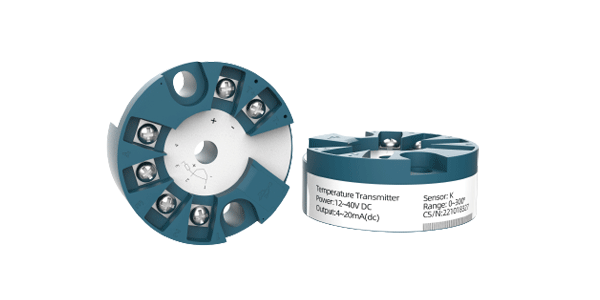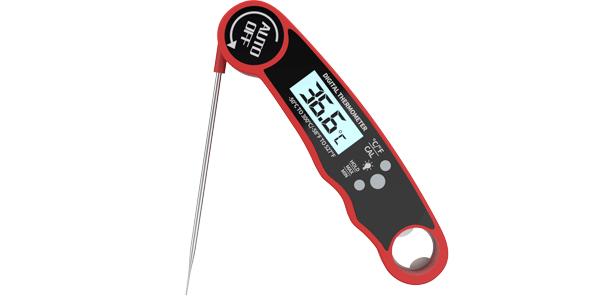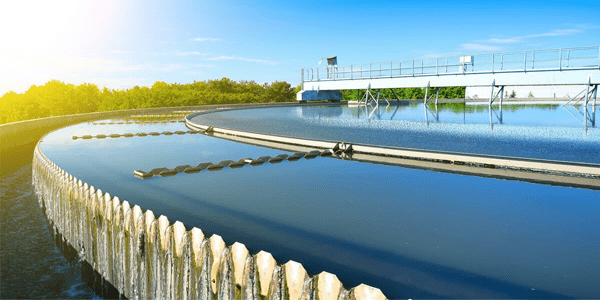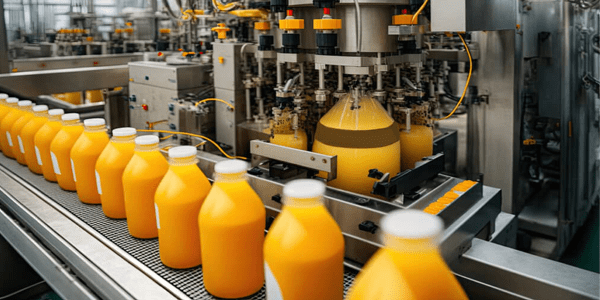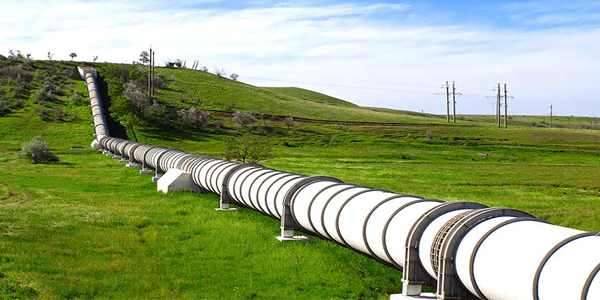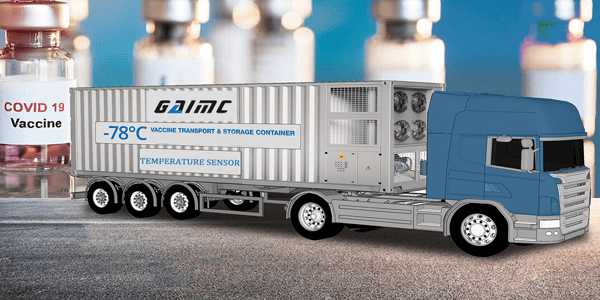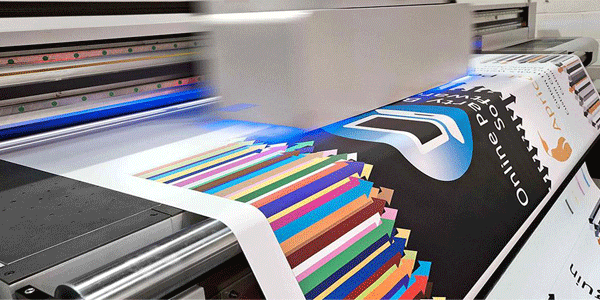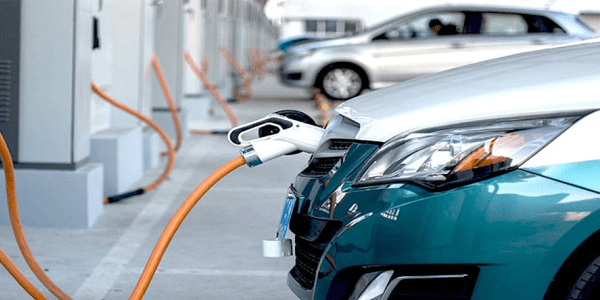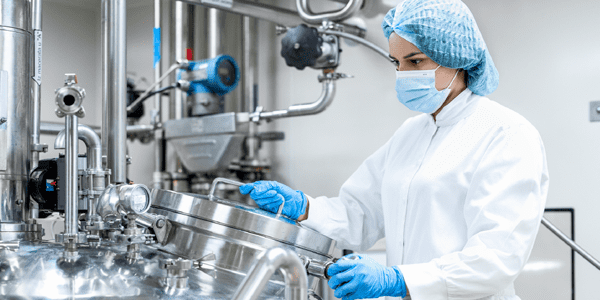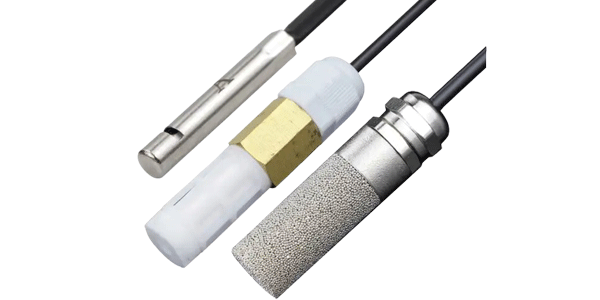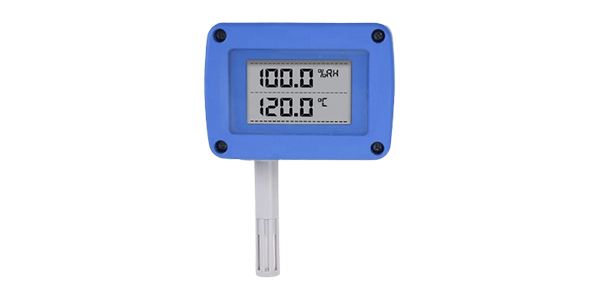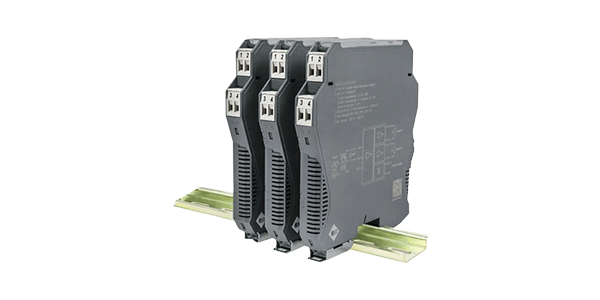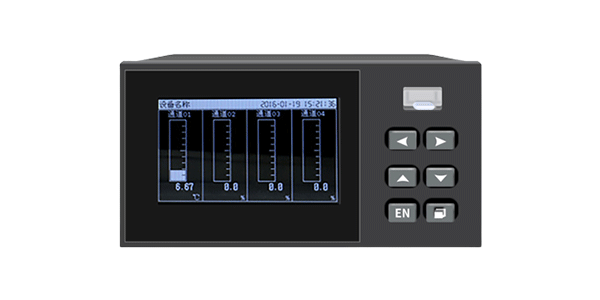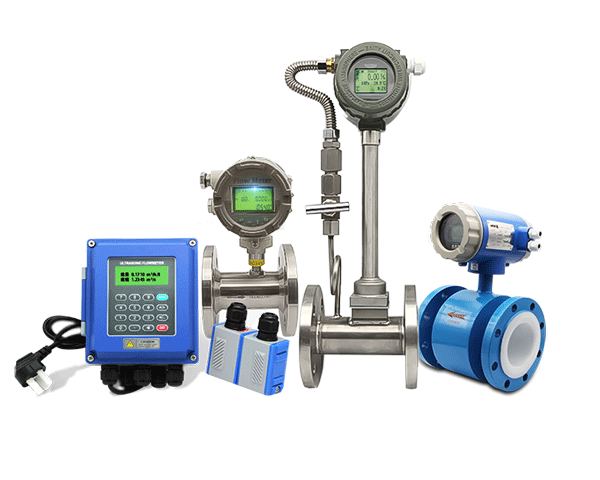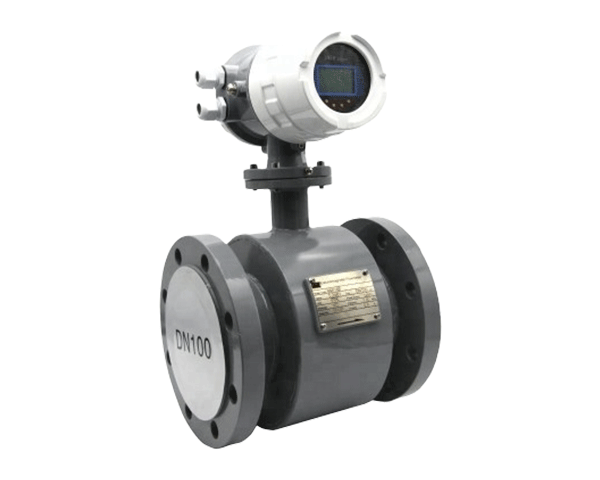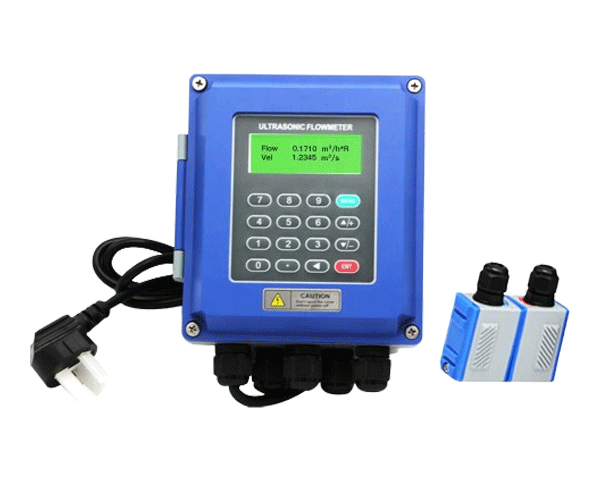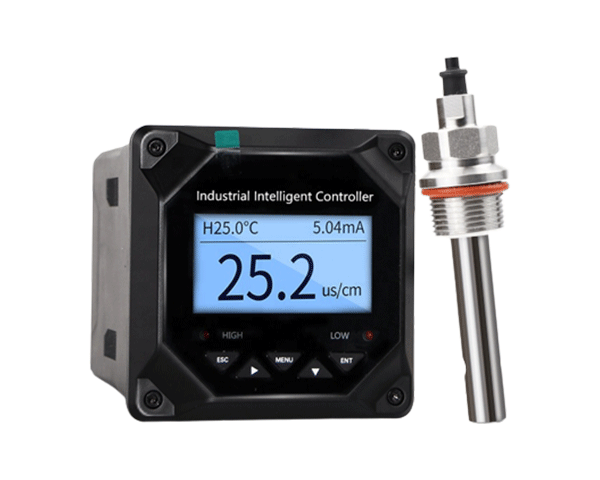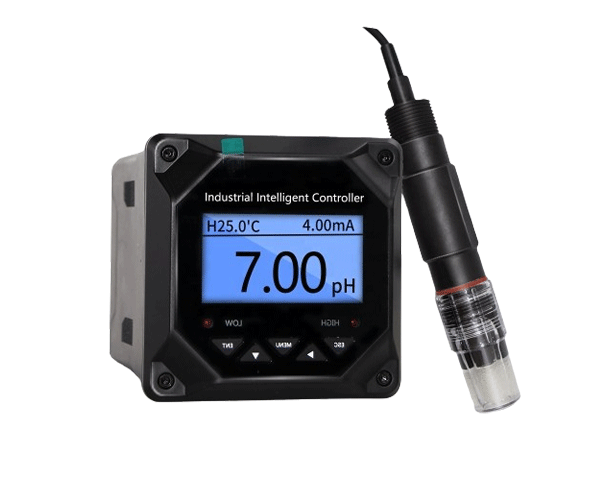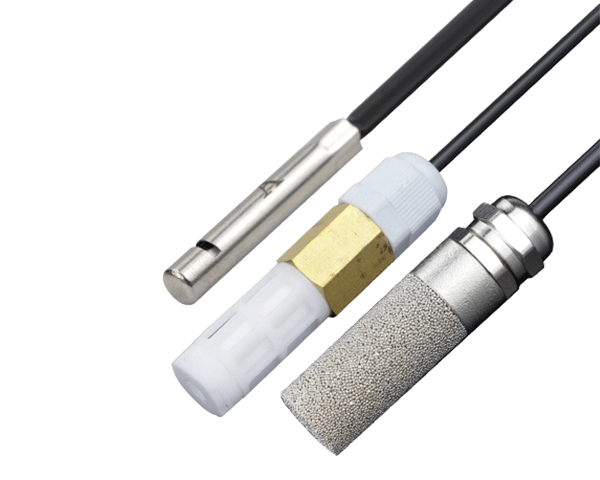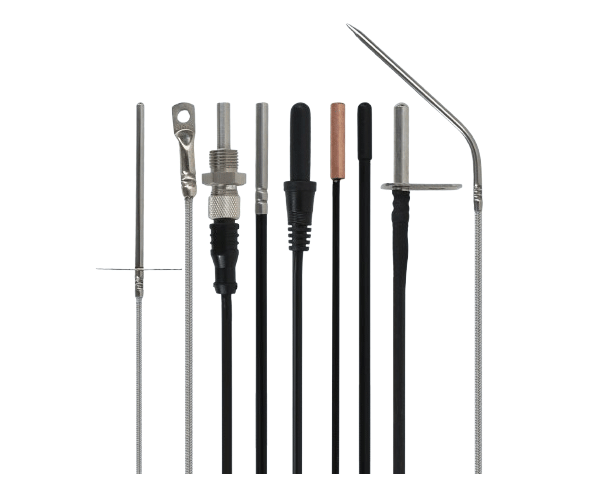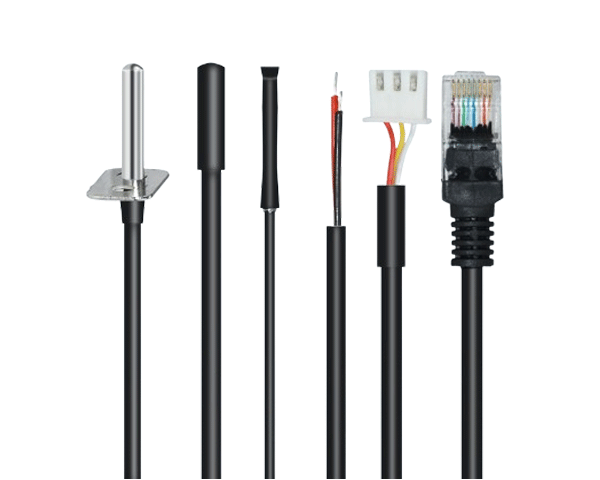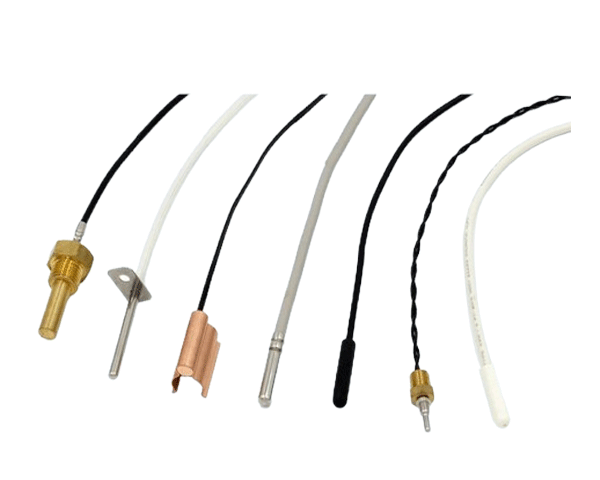What Exactly Is an Online Water Quality Monitor?
Online water quality monitors are sophisticated instruments designed for continuous, real-time measurement of water parameters without requiring manual intervention. Unlike portable or handheld devices that provide snapshot data, these systems offer uninterrupted monitoring capabilities, making them ideal for applications where water quality changes rapidly or requires constant surveillance.
Key Characteristics of Online Monitoring Systems
Continuous Operation
24/7 monitoring capability without manual intervention
Real-time Data
Immediate access to water quality parameters and trends
Remote Access
Monitor water quality from anywhere with internet connection
Automated Alerts
Instant notifications when parameters exceed safe limits
Major Advantages of Online Water Quality Monitors
Real-time Monitoring and Immediate Response
Online systems provide instant detection of water quality changes, allowing you to respond immediately to contamination events or process upsets. This rapid response capability can prevent environmental incidents, protect equipment, and ensure regulatory compliance.
Reduced Labor Costs and Increased Efficiency
By eliminating the need for manual sampling and laboratory analysis, online monitors significantly reduce labor requirements. Your staff can focus on more valuable tasks while the system automatically collects and processes data.
Comprehensive Data Collection and Trend Analysis
Continuous monitoring generates extensive datasets that reveal patterns and trends invisible through sporadic sampling. This historical data helps you optimize processes, predict maintenance needs, and make informed decisions.
Early Warning System Capabilities
Online monitors serve as effective early warning systems, detecting problems before they become critical. This proactive approach can save substantial costs associated with equipment damage, product loss, or regulatory fines.
Significant Limitations to Consider
Higher Initial Investment Costs
Online monitoring systems require substantial upfront investment compared to portable alternatives. The total cost includes not only the instrument itself but also installation, integration, and initial calibration expenses.
Regular Maintenance Requirements
These systems demand consistent maintenance, including regular calibration, sensor cleaning, and part replacements. Without proper maintenance, data quality can deteriorate rapidly.
Technical Expertise Needed
Operating and maintaining online monitors requires specialized knowledge. Your team may need training in system operation, troubleshooting, and basic maintenance procedures.
Limited Flexibility Once Installed
Unlike portable meters, online systems are fixed in location. Moving them requires significant effort and reinstallation costs, making them less suitable for temporary monitoring needs.
Who Should Consider Online Water Quality Monitors?
Ideal Applications and Industries
Water Treatment Plants
Continuous monitoring of treatment processes and final water quality
Industrial Facilities
Process water monitoring, effluent quality control, and compliance reporting
Environmental Monitoring
Long-term watershed studies and pollution detection networks
Aquaculture Operations
24/7 water quality management for fish farms and hatcheries
When to Choose Alternative Solutions
Consider portable or handheld meters if you require mobility, have a limited budget, need infrequent measurements, or monitor multiple dispersed locations. These alternatives offer greater flexibility for certain applications.
Key Selection Criteria for Online Monitors
Critical Technical Specifications
-
Measurement Parameters: Ensure the system covers all essential parameters for your application
-
Data Connectivity: Evaluate communication options (4G, WiFi, Ethernet) for your facility
-
Power Requirements: Consider available power sources and backup requirements
-
Maintenance Intervals: Understand calibration and cleaning frequency needs
-
Environmental Rating: Verify IP protection class for your installation environment
Making Your Decision: Cost-Benefit Analysis
Total Cost of Ownership Considerations
When evaluating online monitors, consider all cost components: initial purchase, installation, ongoing maintenance, consumables, and potential downtime. Compare these costs against the benefits of continuous data and reduced manual labor.
Return on Investment Factors
Calculate potential ROI by considering reduced labor costs, prevented incidents, improved process efficiency, and avoided regulatory penalties. Many facilities find that online monitors pay for themselves within 1-2 years.
Final Recommendations
Online water quality monitors offer tremendous value for applications requiring continuous, real-time data. They're particularly beneficial for critical processes, compliance monitoring, and early warning systems. However, they represent a significant investment in both money and maintenance effort.
Before making your decision, carefully assess your specific needs, budget constraints, and available technical resources. If your application demands constant vigilance and you have the infrastructure to support continuous monitoring, an online system could be your ideal solution. For occasional monitoring or limited budgets, portable alternatives might better serve your needs.
